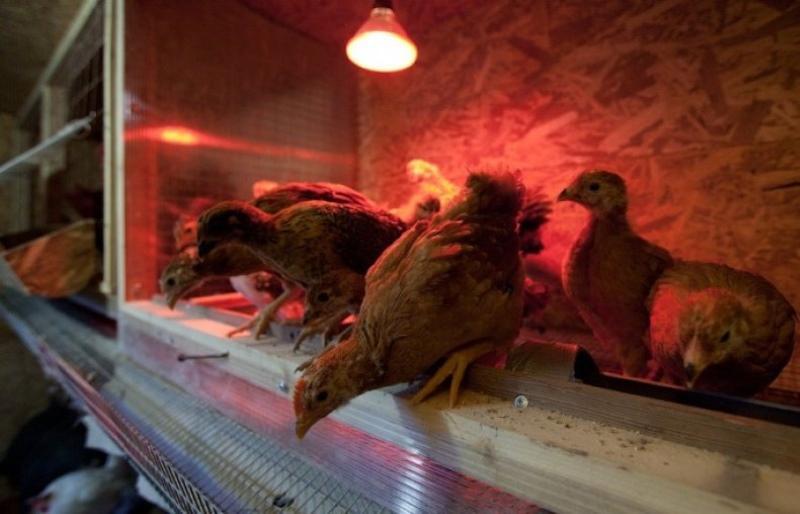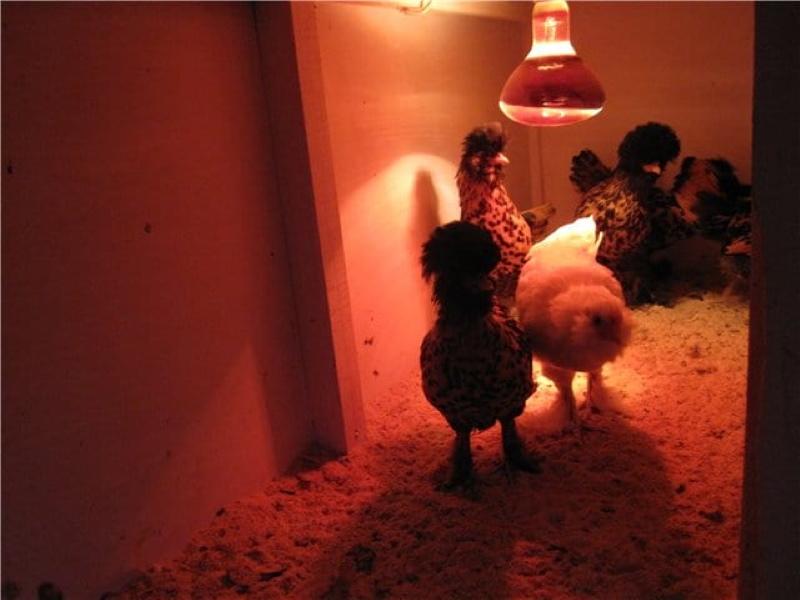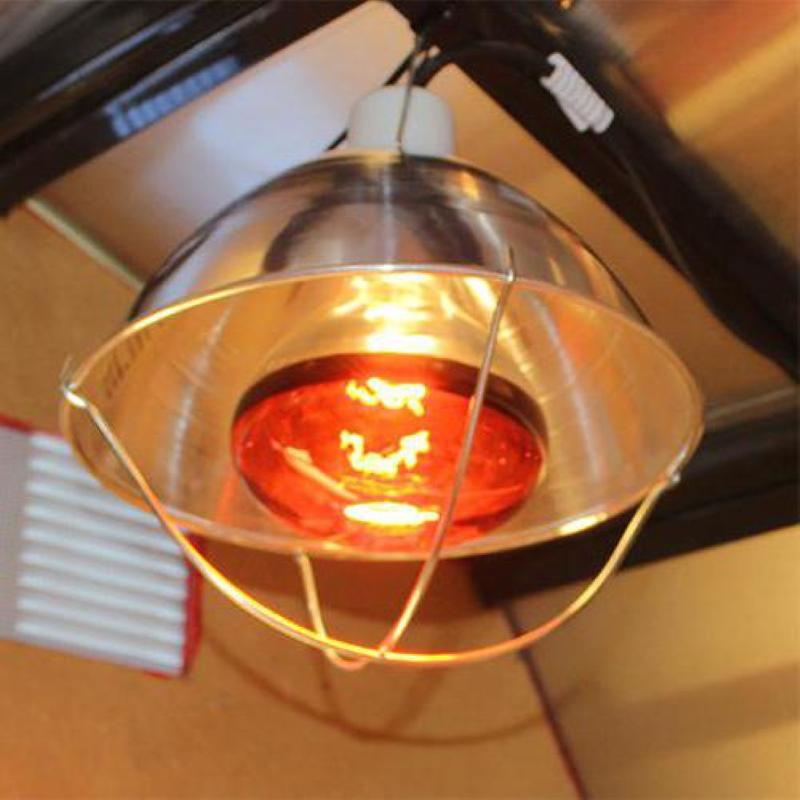Lamps for heating a chicken coop in winter - how to cheaply insulate a poultry room
 With the onset of cold weather, egg production decreases in layers, and in general the birds begin to eat less, and sometimes even get sick. This often happens if the room in which the bird lives is cold. Lamps for heating a chicken coop in winter are an excellent solution that will help to avoid such problems and keep the living creatures alive, healthy and productive. In addition, it is also a financially profitable option, since the energy consumption of heating lamps is not particularly large. What are they, these miracle lamps?
With the onset of cold weather, egg production decreases in layers, and in general the birds begin to eat less, and sometimes even get sick. This often happens if the room in which the bird lives is cold. Lamps for heating a chicken coop in winter are an excellent solution that will help to avoid such problems and keep the living creatures alive, healthy and productive. In addition, it is also a financially profitable option, since the energy consumption of heating lamps is not particularly large. What are they, these miracle lamps?
The optimal temperature in the room for poultry in winter is considered to be 18 ° C. Chickens can live at lower temperatures without critical consequences, but not below 12 ° C heat. But even they cannot be maintained without additional insulation of the room. Heating with lamps just helps to cope with this task with minimal effort and cost.
Lamps for heating a chicken coop in winter


One infrared lamp can heat chicken coop up to 6 sq.m. It does not dry the air, because it does not heat it, but the objects around it. So the litter will also stay dry longer.
Such lamps are not hung under the ceiling, but low, at a distance of 1 m from the floor, but away from the container with water. Liquid droplets on the lamp may cause it to burst.
Infrared heater for a large chicken coop
 This option will cost more than buying a pair of lamps, but it will be able to heat a room up to 15 square meters. Of the advantages of the heater, it is worth noting:
This option will cost more than buying a pair of lamps, but it will be able to heat a room up to 15 square meters. Of the advantages of the heater, it is worth noting:
- large heating area;
- safety for birds - the device is installed under the ceiling;
- you can install the heater yourself, everything is simple and clear;
- it also does not dry the air like lamps;
- does not make noise and does not frighten chickens;
- consumes little electricity.
Of the shortcomings, it can be noted that for a large poultry farm, one device will clearly not be enough. And it is also necessary to install it at a distance of at least 50 cm from wooden products so that they do not overheat. However, all electrical appliances have similar requirements.